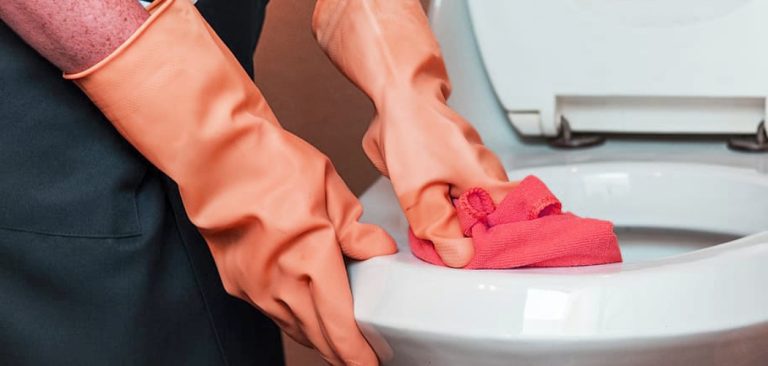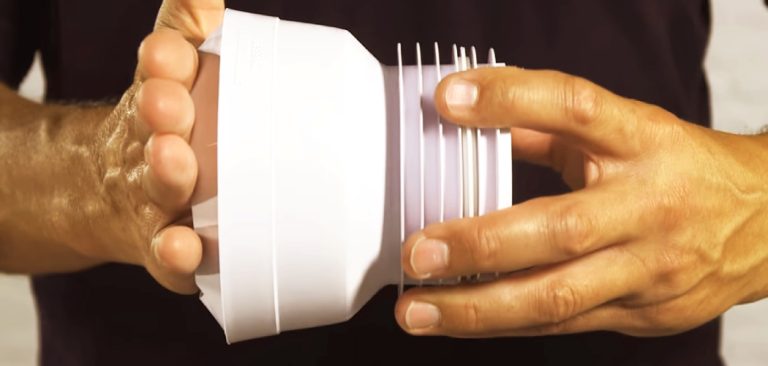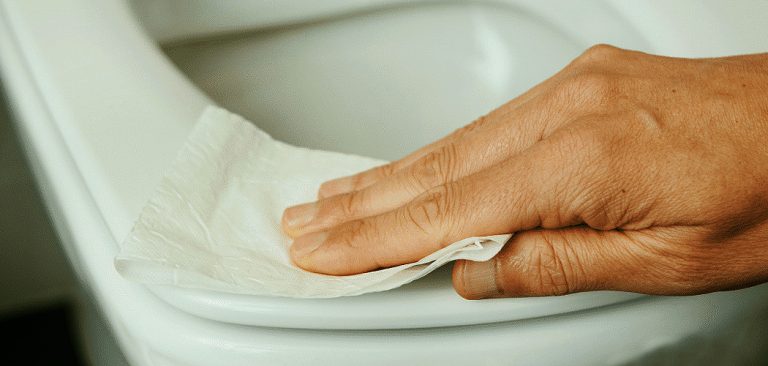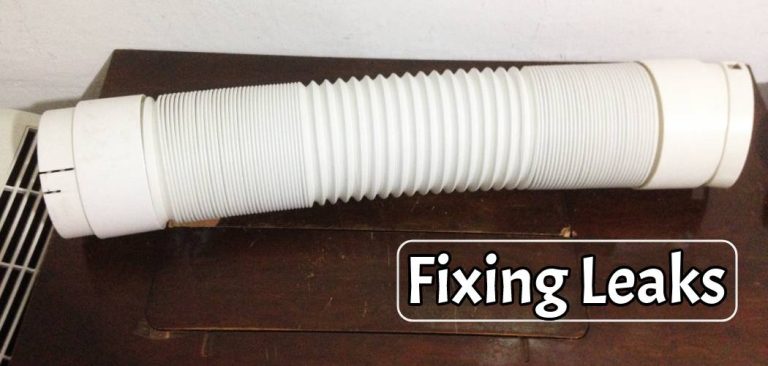All About Siphon Jet Toilet
This blog post explores the concept of a siphon jet toilet, its components, how it works, and the advantages of using this type of toilet. We’ll also look at a few common problems associated with this type of toilet and how to fix them.
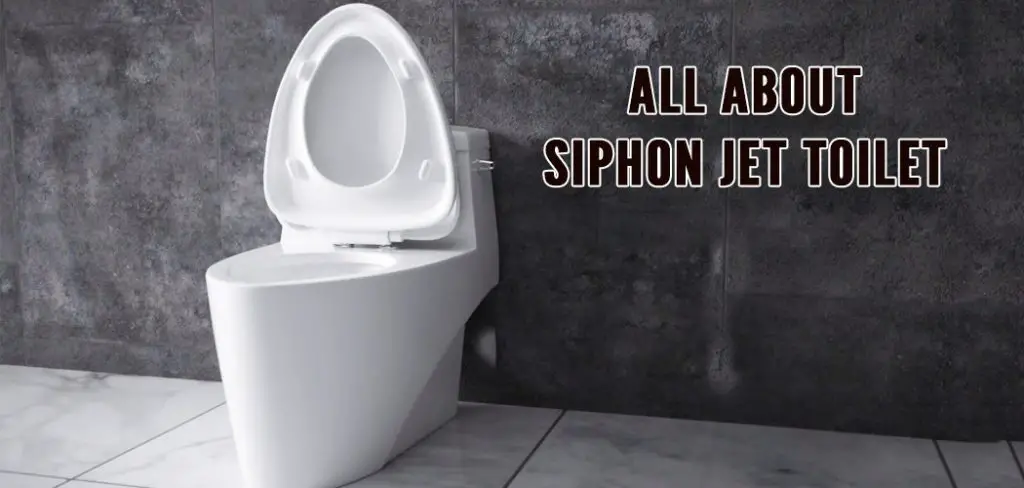
Finally, we’ll discuss the cost and benefits of installing a siphon jet toilet in your home. Read more about this to find out about the fantastic product.
Definition of a Siphon Jet Toilet
Toilets may look identical outside, but they have some inner differences. Look at an example of a siphon jet toilet which utilizes a unique flushing system. This system requires the combination of air and water pressure to generate a powerful current, clearing away the waste of the bowl and sending it down the drain.
The final result is a clean bowl with little water at the bottom. This method is highly effective and efficient.
Types of Siphon Jet Toilets
Generally, all Siphon Jet Toilets are very similar in their design and functionality. However, some brands may add features or innovations to their product to make them stand out from the competition.
These features may include water-saving technology, improved flushing power, or unique designs. The two main types of siphon jet toilets the trap way shapes are “S” and “reverse P”.
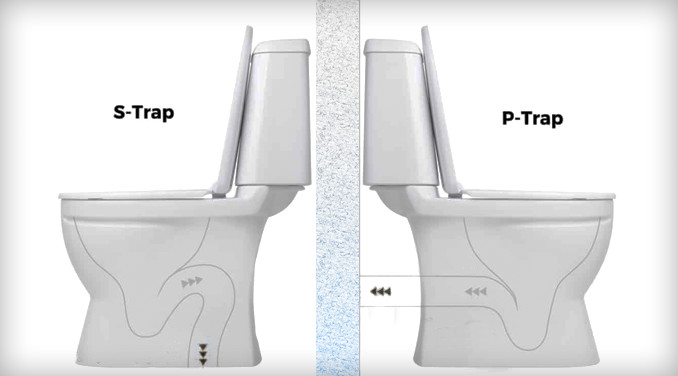
Benefits & Drawbacks of a Siphon Jet Toilet
Benefits:
- Their higher water level helps reduce odors from escaping the bowl and entering the air, making them less prone to foul smells.
- They are more efficient than other types of toilets, as they use a combination of gravity and water pressure to flush the contents of the bowl quickly and effectively.
- This type of toilet is also more hygienic.
- The installation process is the same as any other standard toilet.
Drawbacks:
- Due to the high-pressure flush, they can also be quite noisy when being used.
- It’s difficult to clean because the siphon jet design is more complex than a regular toilet.
- If water remains in the bowl for an extended period, it can result in the growth of bacteria.
How Does a Siphon Jet Toilet Work?
It can be challenging to comprehend the inner workings of Siphon Jet Toilets, as it is impossible to observe their internal mechanisms. I will explain the best I can.
The image above illustrates an example of how a particular process can be completed. It provides a visual representation of the steps needed to complete the task.
After the flapper releases the water from the tank, it flows through the holes from point 1 to point 2. Some water escapes through the additional holes from point 2 to point 3, and the rest enters the other holes located on the bowl’s body at point 4. This creates a more potent force to move the toilet waste from point 5 to point 6. Finally, the empty space below the toilet bowl is filled with clean water.
Maintenance
For maintenance purposes, Siphon Jet Toilets are quite similar to regular toilets. Below is a list of the maintenance required for these toilets.
Clean the Bowl Weekly
Weekly (or in 15 days), it is essential to clean the bowl of a siphon jet toilet to prevent any build-up of debris or bacteria. This can be done using a toilet brush and cleaner. And a more profound clean should be performed every two months.
Inspect Water Pressure
Inspect the water pressure in the toilet to ensure that it is adequate for proper flushing. If the pressure is too low, this could lead to incomplete flushing and potential clogs.
Use Toilet Tank Cleaner & Flush
If you are having issues with the inside of the siphon jet toilet structure, it is important to use a toilet tank cleaner to help clean any build-up and reduce the chances of clogs or other issues.
Cost
The cost of a siphon jet toilet can vary depending on the features and brand. However, a basic siphon jet toilet will generally cost between $200 and $500, with more luxurious options available for up to $8500. This is a relatively mid-low cost when compared to other types of toilets.
How Do You Increase Siphon Jet Toilet Flow?
It is not recommended to attempt to modify the flow of a siphon jet toilet, as each brand sets its flow rate based on its design.
If you find that the flow of your siphon jet toilet is lower than it once was, you can check the flapper to ensure it is working correctly and closing thoroughly. If it isn’t, it can cause the toilet to lose suction and not flush as efficiently.
Additionally, You should also test the water pressure to ensure it is adequate for the toilet to function correctly. If the pressure is too low, an upgraded pressure valve may need to be installed to increase the flow rate. Some valves have a feature to manage the pressure set manually.
Finally, it would be best to inspect the plumbing and internal mechanism to ensure no blockages are preventing the toilet from working correctly.
With these steps, your Siphon Jet toilet should return to its former glory.
Are Siphon Jet Toilets Loud?
Siphon jet toilets are known to be quite loud due to the pressure of the air and water combination used in the flushing process. This noise level can vary depending on the size of the room. However, this may not be a significant concern for most people.
Are Siphon Jet Toilets Good?
I find nothing wrong with a siphon jet toilet. They have all the features needed to provide a satisfying experience, and I also use the “S” trap way size.
Conclusion
Siphon jet toilets are an efficient, hygienic, and cost-effective solution for any home. Although they may be a bit noisy, they are an excellent option for anyone looking for a robust and reliable flushing system. With proper maintenance and care, these toilets can provide trouble-free use.
Please share this blog post with your friends and family to help them make a well-informed decision when choosing the suitable toilet for their home.
Read Also –

